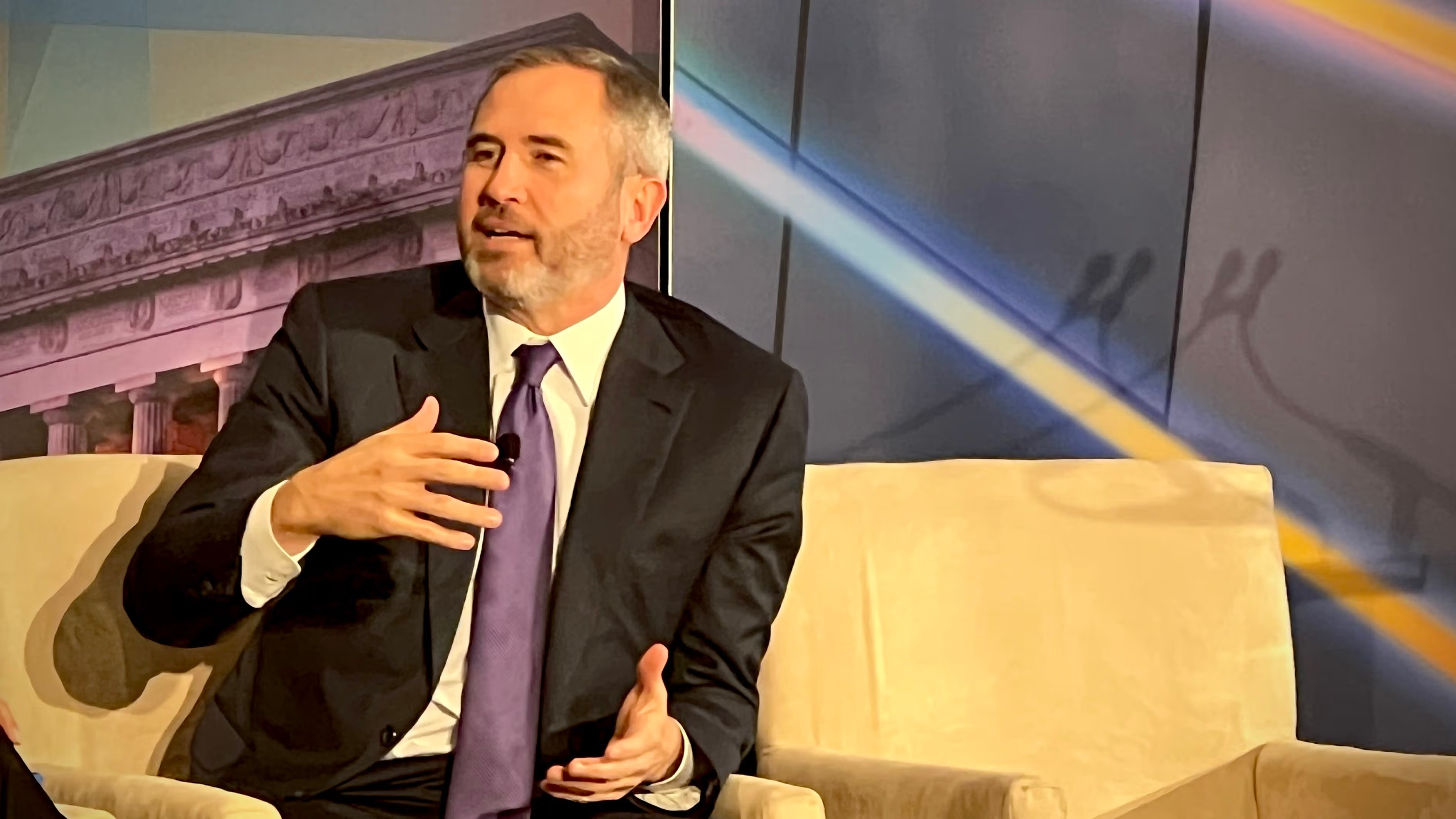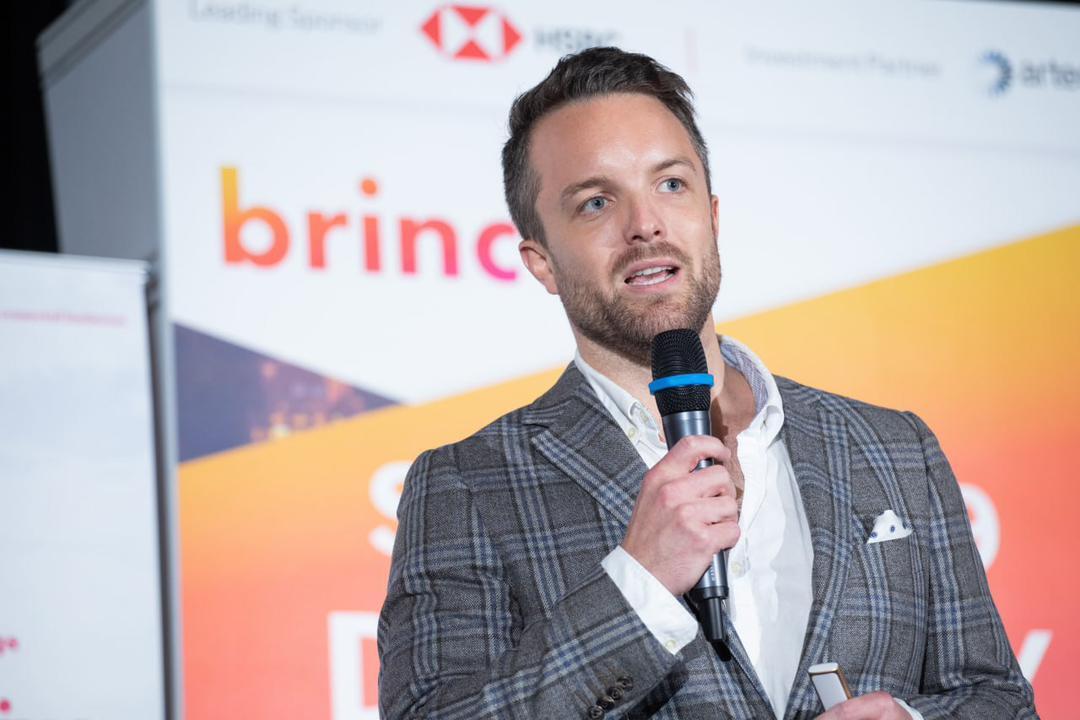The Walt Disney
DIS
Disney: The Metaverse, Digital Transformation, And The Future Of Storytelling
Disney’s IP includes Marvel, Star Wars, its vast library of animated movies going back over 60 years, and beloved children’s brands such as Disney Princesses and Disney Villains. It stands to reason that any sort of shared, online digital universe focusing on these worlds and characters would most likely be a huge money earner for “the house of mouse”. Although specific details of this are currently few and far between, it would seem a fairly safe bet that it is cooking something up along these lines!
As well as movies, TV shows, and cartoons, the legendary entertainment brand is, of course, famous for its resorts and theme parks. This ability to bring fantasy to life in the real world also ties in neatly with the metaverse, which many believe will focus on blending the real with the virtual. For these reasons, Disney is probably one of the companies that are best placed to capitalize on the opportunities offered by connected, immersive, and persistent virtual worlds. So here’s an overview of some of the ways we know or expect that it will jump on this exciting new trend.
Getting the team together
To build metaverse opportunities, you need people in place. Disney has shown it is working on this with the appointment of its first “metaverse executive”, Mike White, to start building the metaverse strategy. Mike’s title is SVP of next-generation storytelling and consumer experiences, and it’s thought he will focus on understanding the potential of virtual reality (VR), augmented reality (AR
AR
Other new hires at Disney that hint at the potential it sees in this technology include Erin Green, formerly head of communications for mixed reality (MR) research at Meta (Facebook). Hiring senior people at this level shows that Disney is serious about establishing itself as a key player in the metaverse industry – an industry that it is predicted could be worth up to $13 trillion by 2030. On top of this, Disney was also highlighted as the company with the greatest interest in hiring AR and VR staff during the first quarter of 2022.
Next-Generation Storytelling
Storytelling lies at the heart of everything that has made Disney great, and it makes sense that it will be the lynchpin that holds together its metaverse strategy. When people think of Disney stories, however, they are most likely to first think of the passive experiences of its movies and TV shows. However, CEO Bob Chapek has made it clear that he intends for this to change, having recently said during an earnings call: “We realize that it’s going to be less of a passive-type experience where you just have playback, whether it’s a sporting event or whether it’s an entertainment offering and more of an interactive, lean-forward, actively engaged type experience.”
A number of virtual reality experiences have already been created based on Disney properties, perhaps most notably the Tales from the Galaxy’s Edge Star Wars-themed experience. While not a true metaverse experience, being limited to one individual player, it shows that Disney is serious about the potential of VR. Some have suggested that recent trademark applications suggest that a metaverse experience of some sort based on the Marvel brand is also under development and could be unveiled soon.
Blockchain and NFTs
Many fans of the metaverse concept believe that blockchains and related technologies such as non-fungible tokens (NFTs) will play a big role in the new worlds that are being built. This is because they enable virtual worlds (and anything else virtual, really) to be built with a degree of decentralization – freedom from centralized control of any one authority. In Disney’s case, it would probably want to keep centralized control of its own digital environments – if it was to make a virtual theme park, for example. But NFTs, in particular, also hold the potential for creating unique digital collectibles and limited-edition virtual assets. All things that fans of Disney’s brands are known to value! The company has already created a series of NFTs called Golden Moments, celebrating some of its most loved characters and moments from its movies. Unlike the huge range of traditional, physical collectibles the company sells, these ones are designed to go on providing revenue for the company. Thanks to the “smart contract” functionality that can be built into NFTs, a fee of six percent is taken by Disney every time they are traded or re-sold among fans and collectors.
Theme Parks And Virtual Worlds
Chapek has said, “We have something no one else has … our parks. If the metaverse is the blending of the physical and the digital in one environment, who can do it better than Disney?”
In fact, this blending has been going on for a while – visitors to Disney parks, resorts, hotels, and cruise ships have long been able to take advantage of “magic” wristbands that can be used to unlock a variety of virtual and real-world interactions, as well as store credits that can be used for purchases in shops and restaurants. It has also created a virtual assistant-style application called Genie, which helps you plan your visit and can create a personalized itinerary, so visitors don’t miss out on the attractions they are most likely to enjoy.
These could be thought of as the initial building blocks of a metaverse plan that includes theme parks. More clues could be found in a recent patent application. This hints that the company is interested in building AR environments that don’t require users to wear headsets. According to the application, this would involve a technology known as SLAM – Simultaneous Localization and Mapping. This would theoretically track guests’ movements through a real-world environment – a theme park, for example – and use projectors to bring characters to life in front of their eyes. Similar technology is already used during live performances and parades at the parks; the difference here is that the visuals will be personalized to specific visitors, creating an experience that’s unique to the individual.
Disney and the Metaverse – A Perfect Match?
So, while concrete details on Disney’s plans for the metaverse are, as of writing, scarce, it seems clear that plans of one kind or another are afoot. Through savvy marketing and commercial skills, and a thorough understanding of its own strengths and weaknesses, Disney has achieved the remarkable feat of remaining just as relevant with today’s Generation Z kids as it was with the baby boomer generation that first made it a household name. In recent years, headline-grabbing acquisitions like Marvel and Lucasfilm have given it custody of enduring favorite brands and characters that are ripe for adaption into new technology-driven storytelling experiences. Put together, these factors ensure that the House of Mouse is well-placed to play a leading role in the development of the metaverse.
To stay on top of the latest on the latest business and tech trends, make sure to subscribe to my newsletter, follow me on Twitter, LinkedIn, and YouTube, and check out my books ‘Business Trends in Practice’ and ‘Future Skills’.
Read More: www.forbes.com









 Bitcoin
Bitcoin  Ethereum
Ethereum  Tether
Tether  XRP
XRP  Solana
Solana  Dogecoin
Dogecoin  USDC
USDC  Cardano
Cardano  Lido Staked Ether
Lido Staked Ether  TRON
TRON  Avalanche
Avalanche  Sui
Sui  Wrapped stETH
Wrapped stETH  Toncoin
Toncoin  Chainlink
Chainlink  Shiba Inu
Shiba Inu  Wrapped Bitcoin
Wrapped Bitcoin  Stellar
Stellar  Hedera
Hedera  Polkadot
Polkadot  WETH
WETH  LEO Token
LEO Token  Bitcoin Cash
Bitcoin Cash  Litecoin
Litecoin  Uniswap
Uniswap  Pepe
Pepe  Hyperliquid
Hyperliquid  Wrapped eETH
Wrapped eETH  Ethena USDe
Ethena USDe  NEAR Protocol
NEAR Protocol  USDS
USDS  Internet Computer
Internet Computer  Aptos
Aptos  Aave
Aave  Mantle
Mantle  POL (ex-MATIC)
POL (ex-MATIC)  Cronos
Cronos  Ethereum Classic
Ethereum Classic  MANTRA
MANTRA  Render
Render  Bittensor
Bittensor  Monero
Monero  Tokenize Xchange
Tokenize Xchange  Dai
Dai  Artificial Superintelligence Alliance
Artificial Superintelligence Alliance  Arbitrum
Arbitrum  Virtuals Protocol
Virtuals Protocol